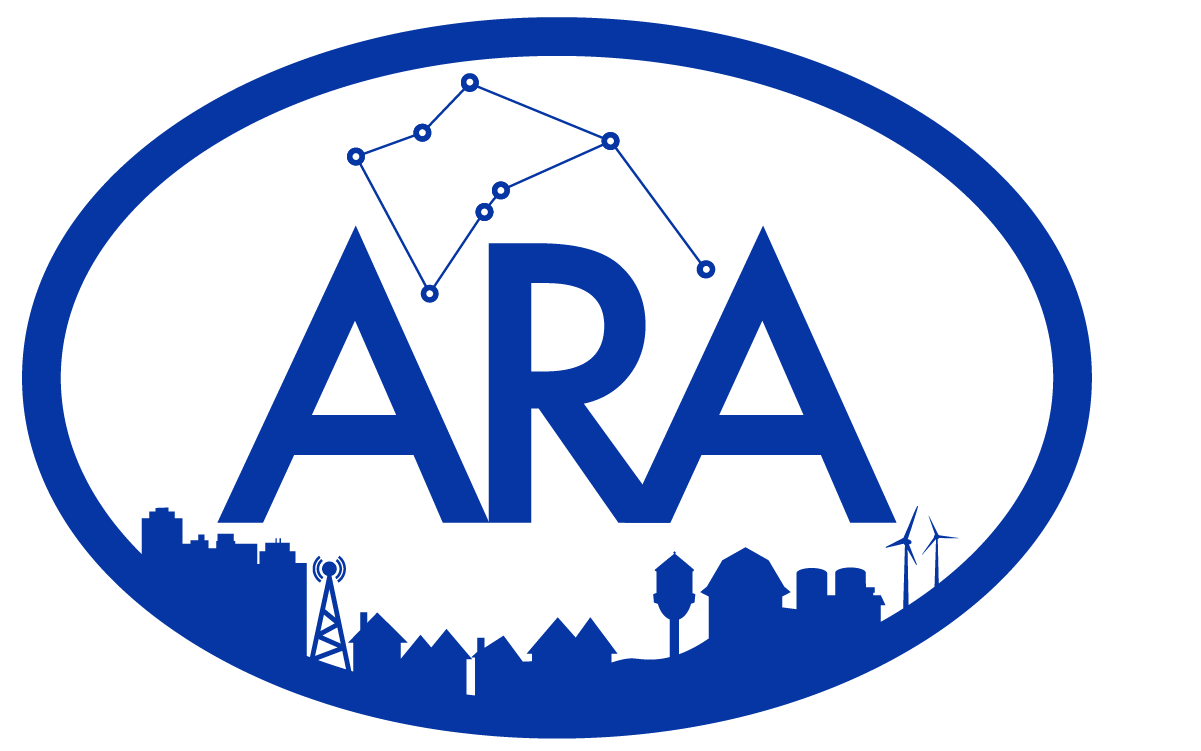O-RAN holds a great potential for enabling intelligent, open, virtualized, and fully interoperable mobile networks. While great progress had been made in O-RAN standardization and O-RAN compliant solutions have started to emerge, much efforts are needed to further develop the O-RAN architecture and to test and integrate emerging O-RAN solutions before O-RAN is capable of delivering advanced NextG services such as ultra-reliable, low-latency communications for control and extended reality (XR) applications. With its support for bring-your-own-device (BYOD) experiments and its end-to-end, fully-programmable SDR infrastructures both indoor and outdoor, ARA enables a wide range of O-RAN research and innovation in real-world application settings. O-RAN experiments will also be supported in part by the ARA OTIC.
Key Features of ARA O-RAN Infrastructure
- Real-world Experimentation: In contrast to simulations and indoor labs, ARA presents a unique opportunity for users to conduct O-RAN experiments in real-world agriculture and community settings. This allows users to evaluate their algorithms and products in real-world wireless environments and with real-world applications such as agriculture automation.
- End-to-End, Whole-Stack Programmability: With its end-to-end, fully programmable SDR infrastructure and the emergence of open-source O-RAN platforms such as OpenAirInterface and srsRAN, ARA enables end-to-end, whole-stack programmability for O-RAN experiments, where every element ranging from UE to RU, DU, CU, RAN Intelligent Controllers (RICs), and core network can be programmed and tested in real-world environmental and application settings. For instance, the following figure shows the OpenAirInterface-based O-RAN experiment architecture in ARA, and it is readily available to users as an integrated suite of containers.

- Bring-your-own-device (BYOD) Experiment Support: Besides providing end-to-end open-source O-RAN infrastructures for fully programmable experimentation, the BYOD support of ARA allows users to bring their own O-RAN components (e.g., RU, DU, CU, or RIC) and evaluate them in end-to-end, real-world settings.
- Remote Accessibility: ARA users can conduct experiments remotely through the ARA Portal, thus facilitating effective O-RAN testing and integration.
Enabled Experiments
The end-to-end, whole-stack programmability of the outdoor ARA SDR infrastructure empowers users to experiment with the entire end-to-end open-source O-RAN system, encompassing the CU, DU, RU, RICs, as well as core network and UE. For instance, for the near-RT-RIC, users can modify both the RIC itself and the interfaces between the RIC and gNB (DU, CU, RU). ARA currently provides ready-to-use experiments with the near-RT-RIC and xApps, and users have the flexibility to develop their own xApp using C/C++ and Python. Fully-packaged experiments with open-source Service Management and Orchestration (SMO) and non-RT-RIC are expected to be made available in the near future.
With its support for BYOD experiments, ARA readily supports users in testing their own near-RT-RIC by remotely connecting it to the ARA gNBs. BYOD support for other O-RAN components (e.g., RU, DU, CU) is expected in the near future, and this will be a focus of ARA OTIC too.
